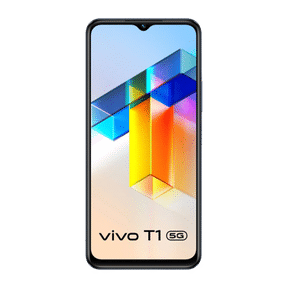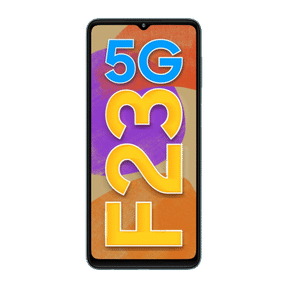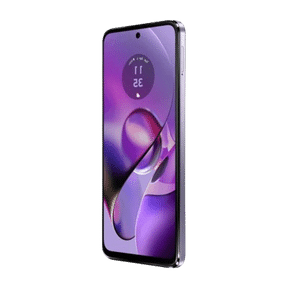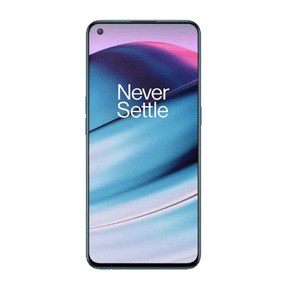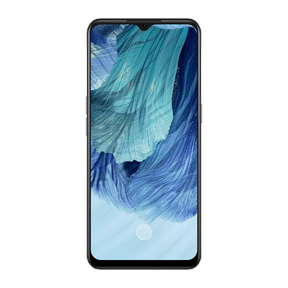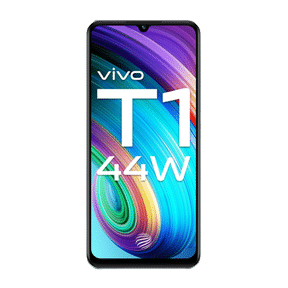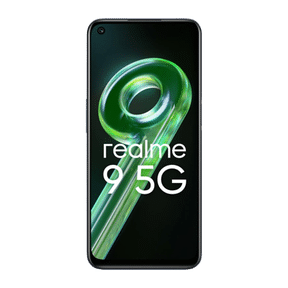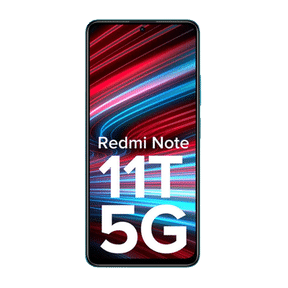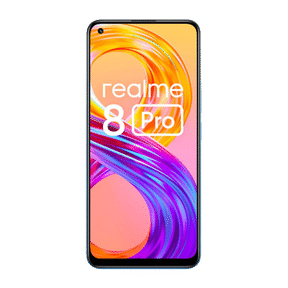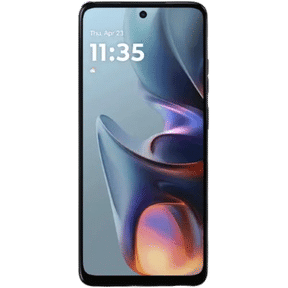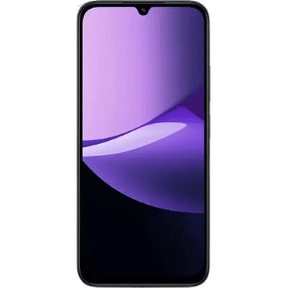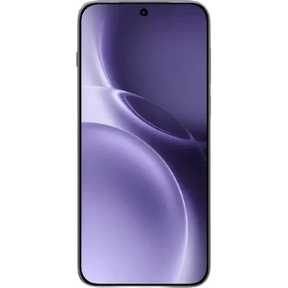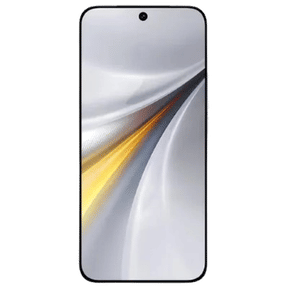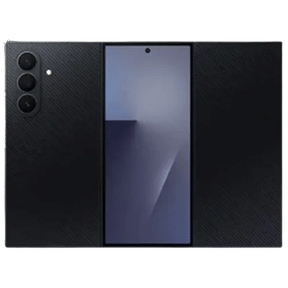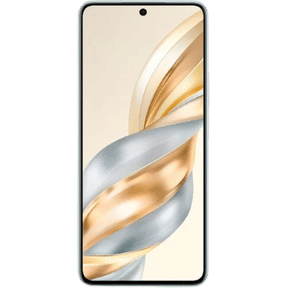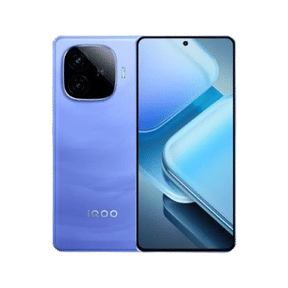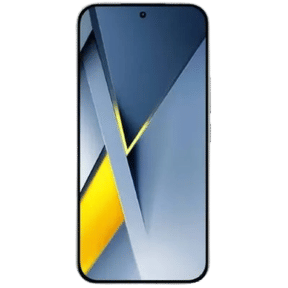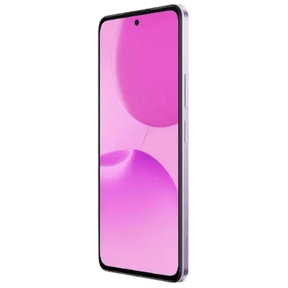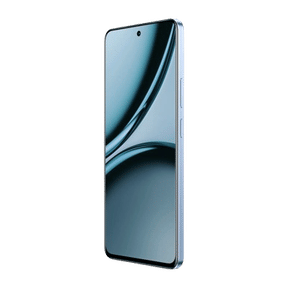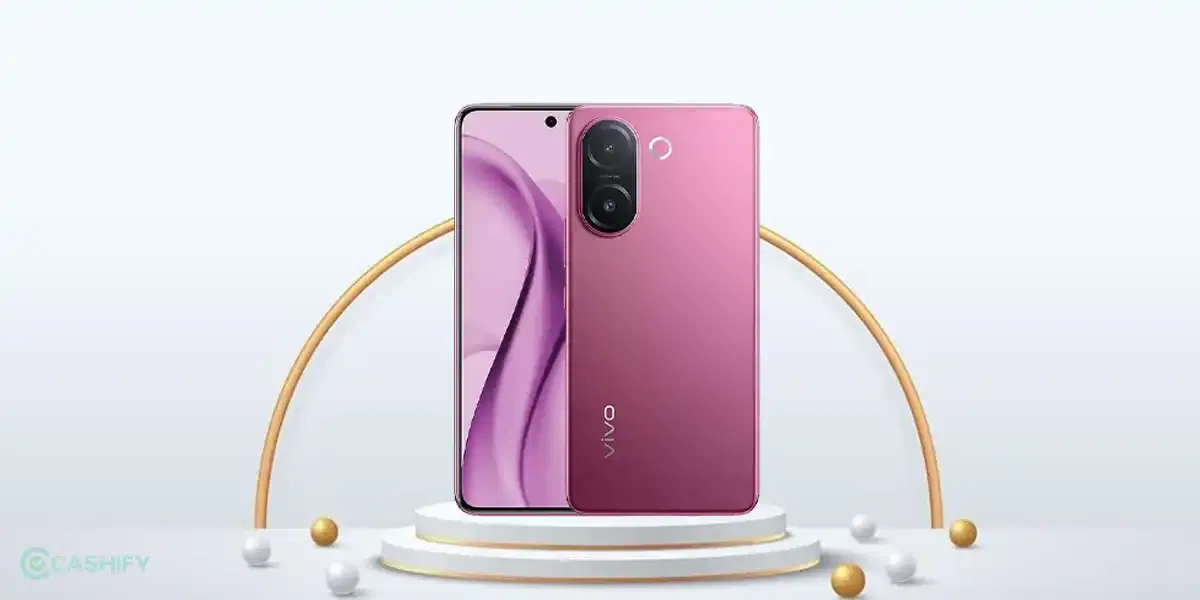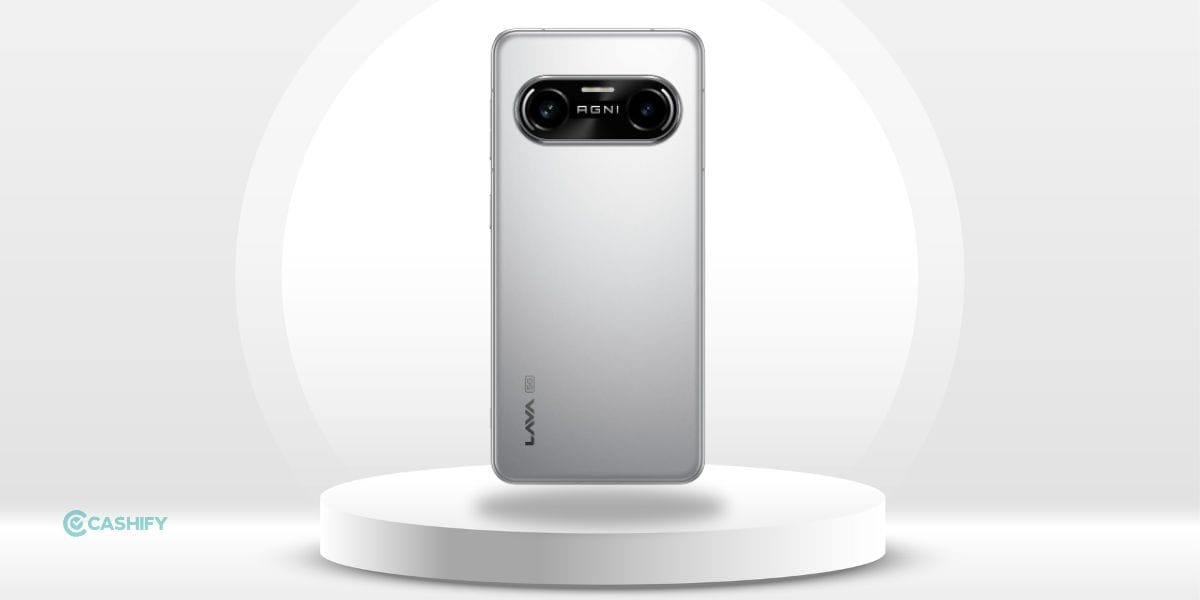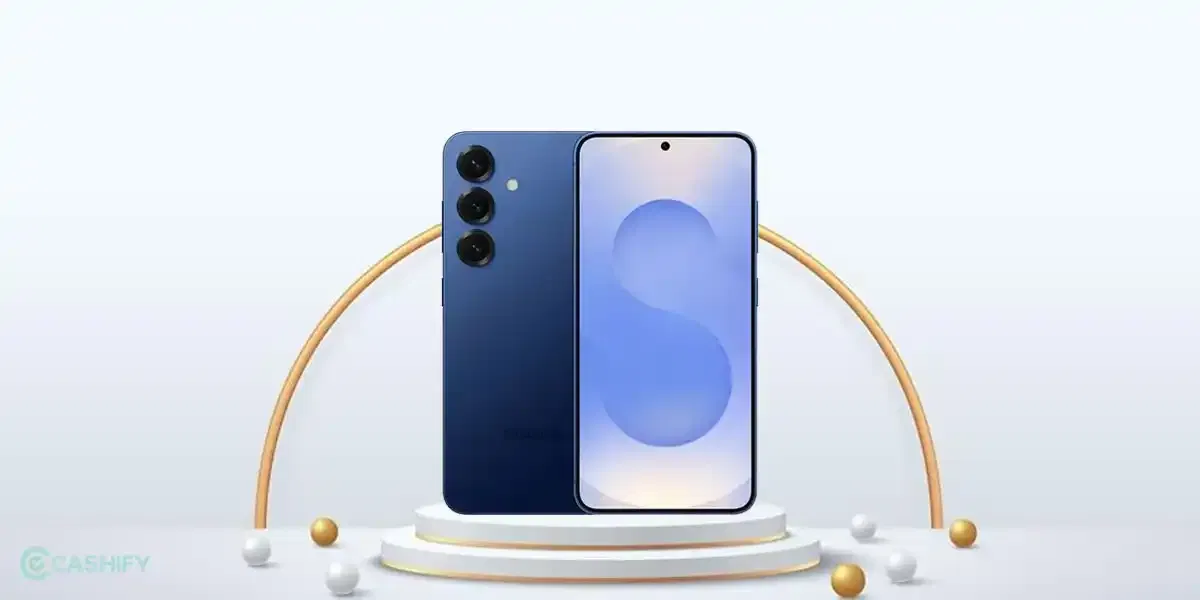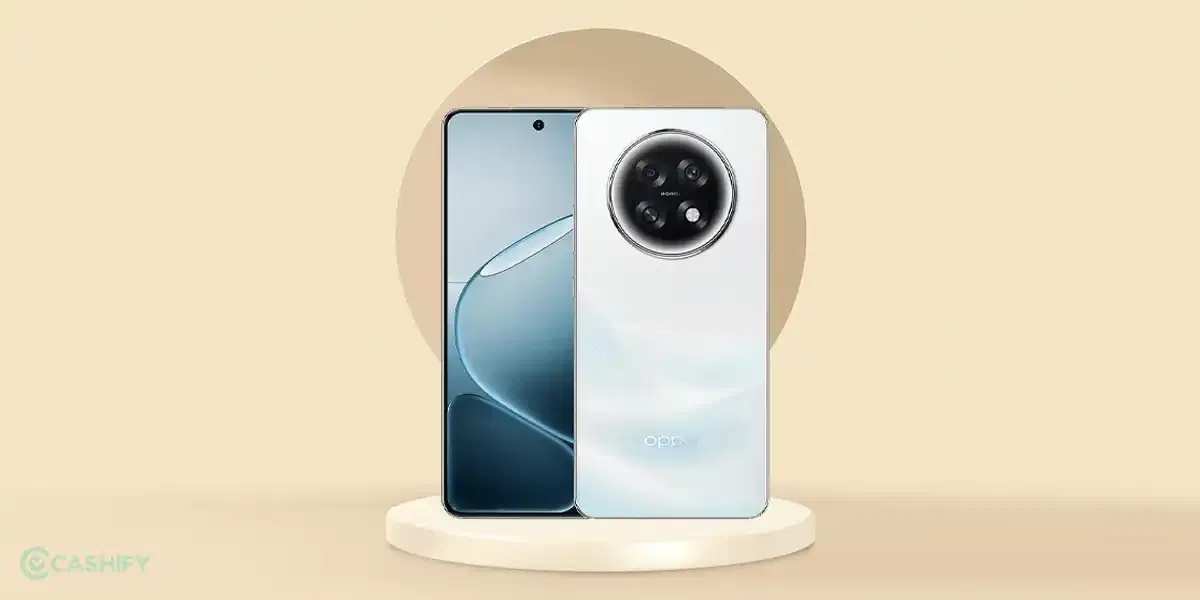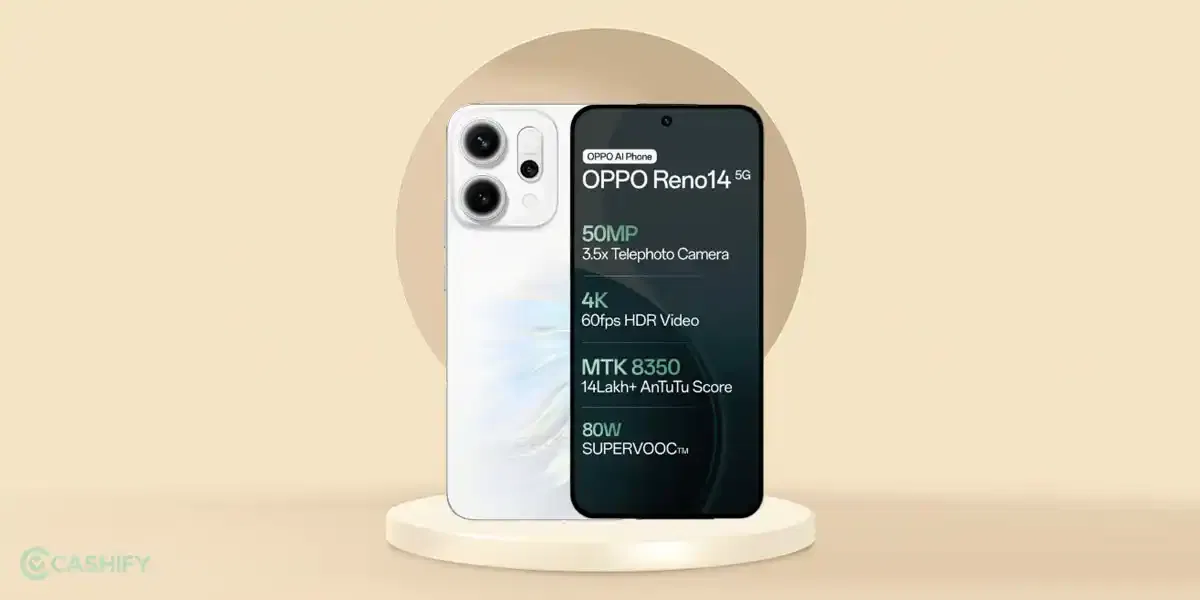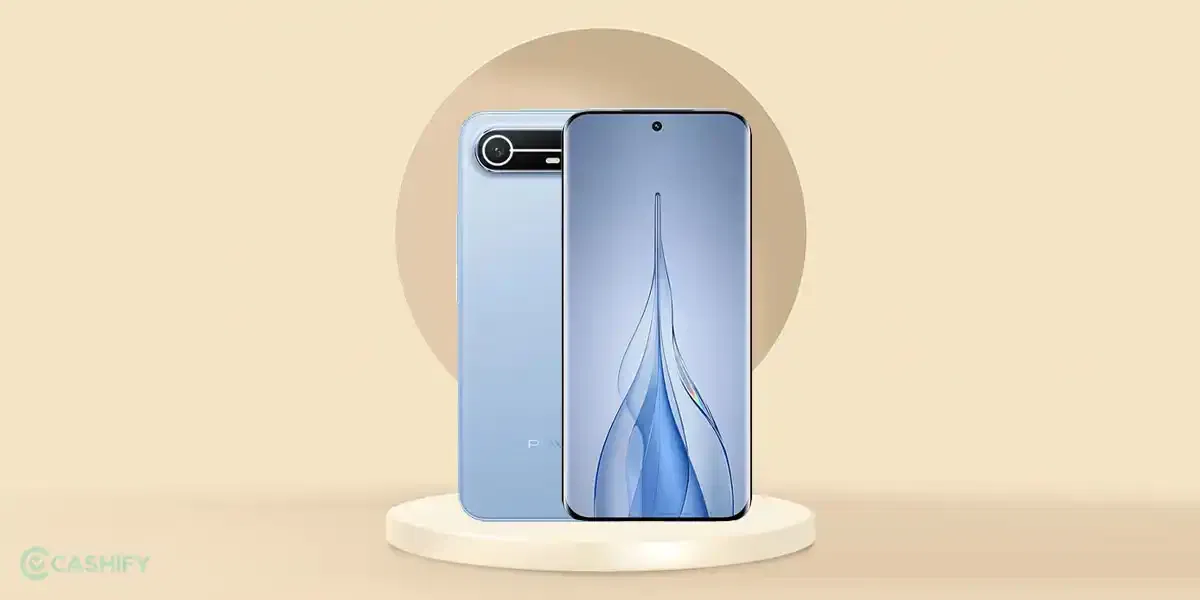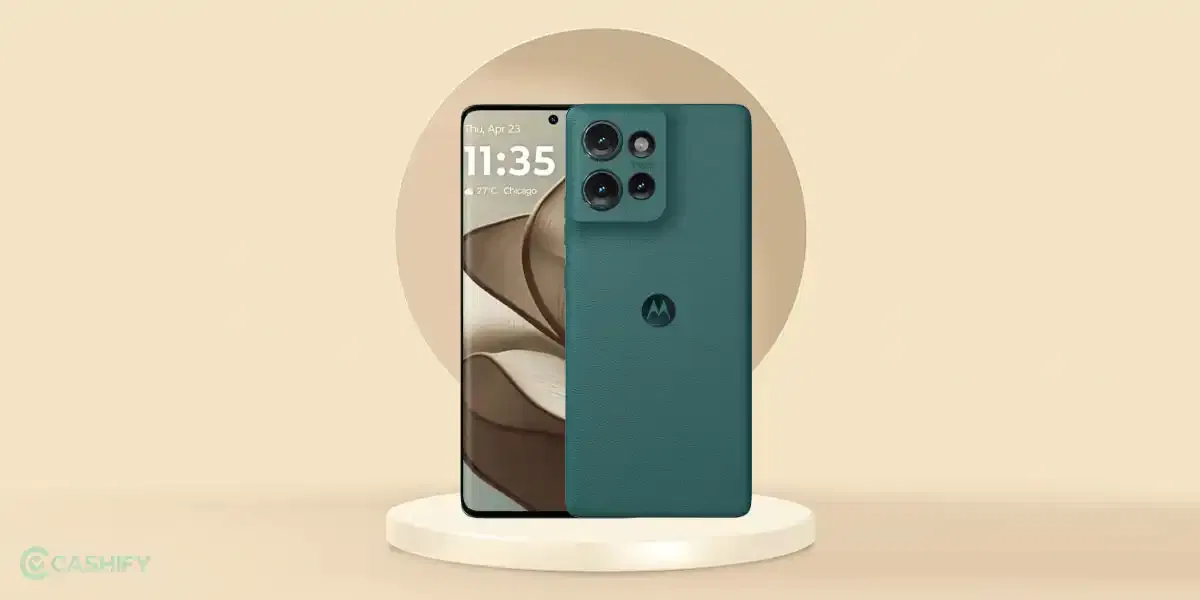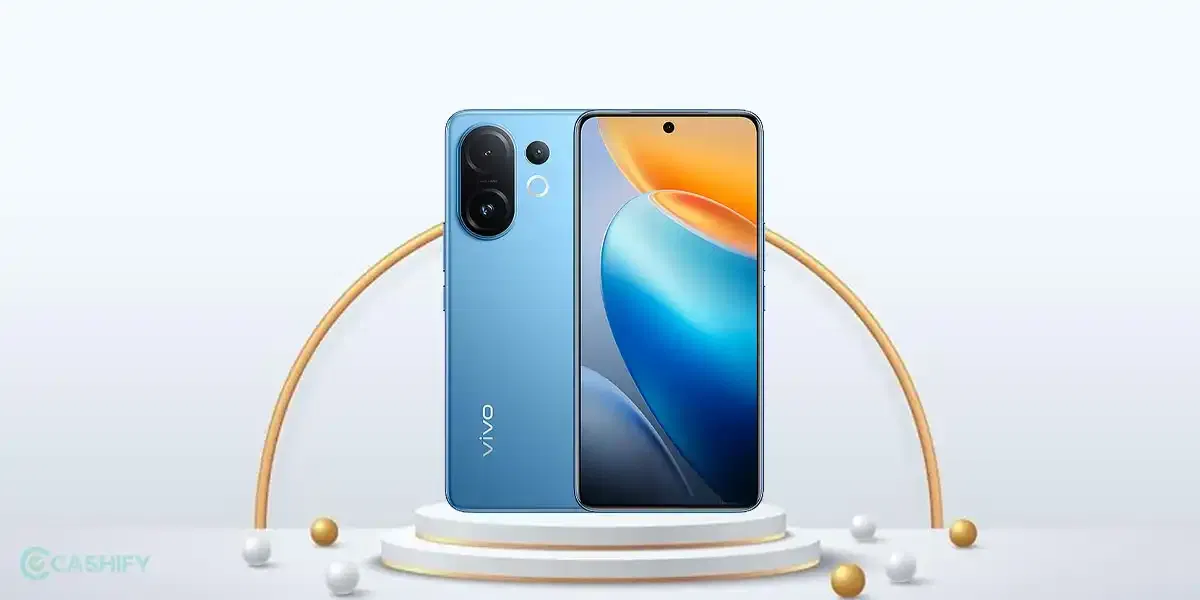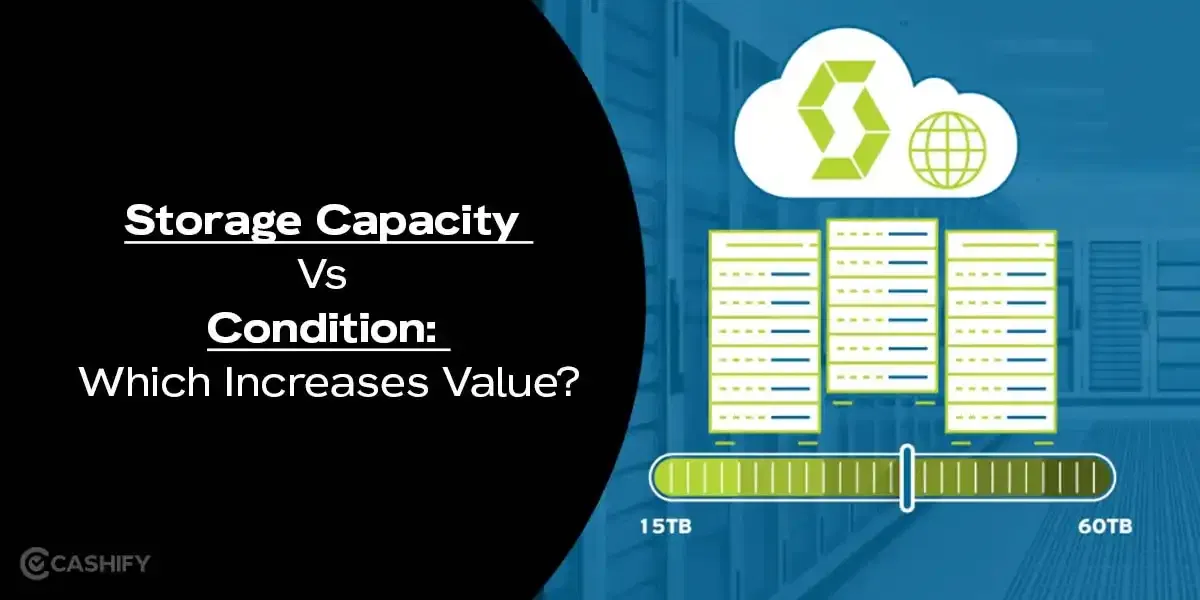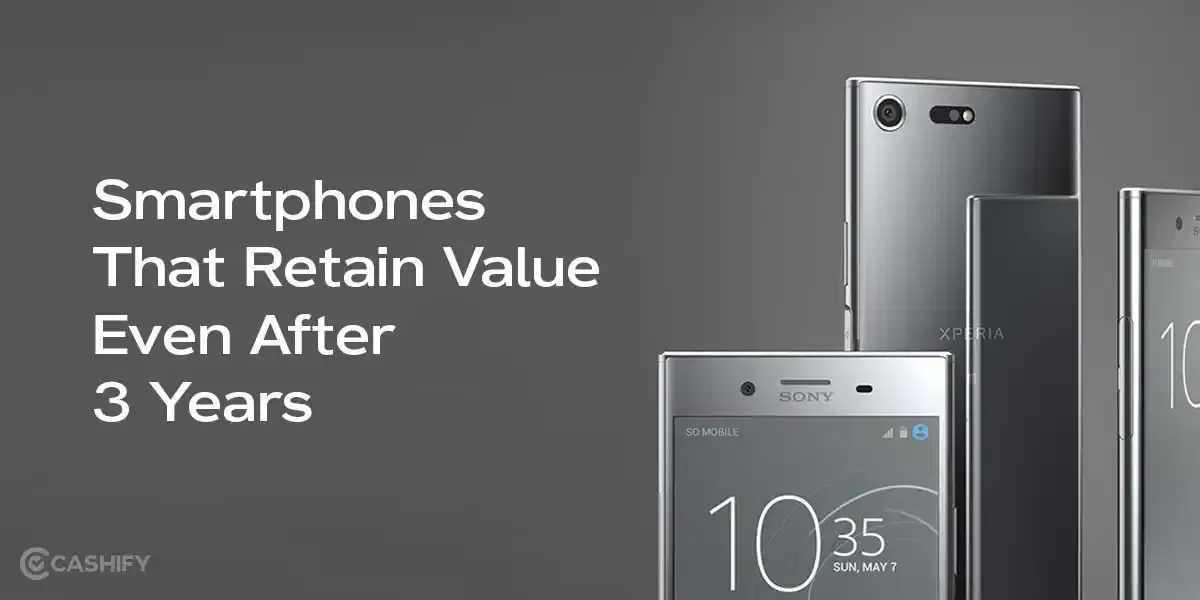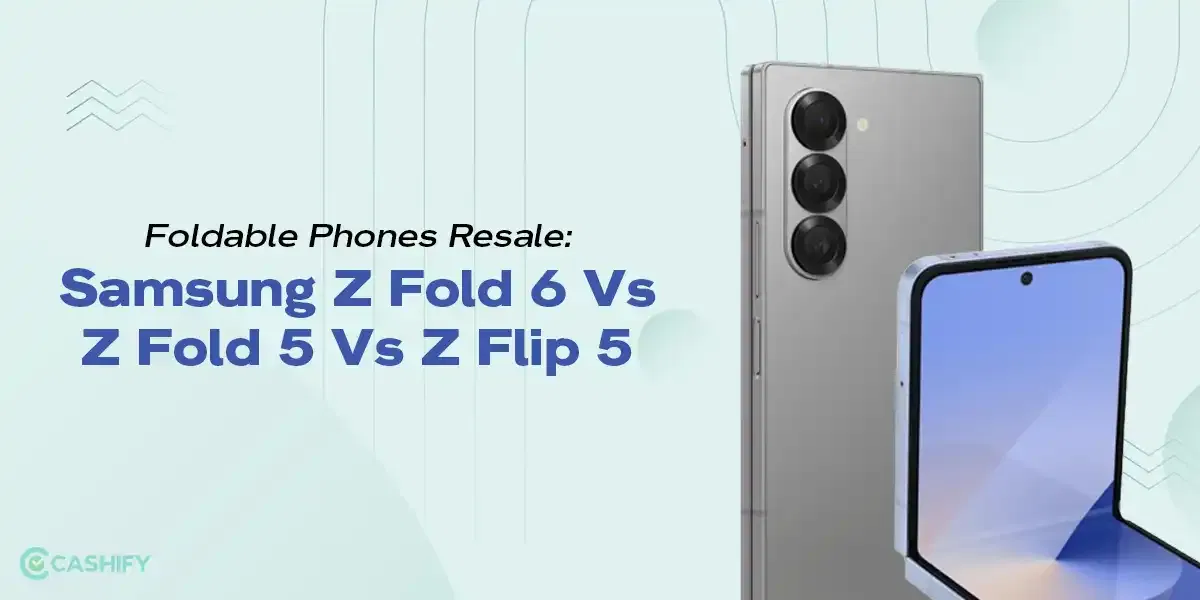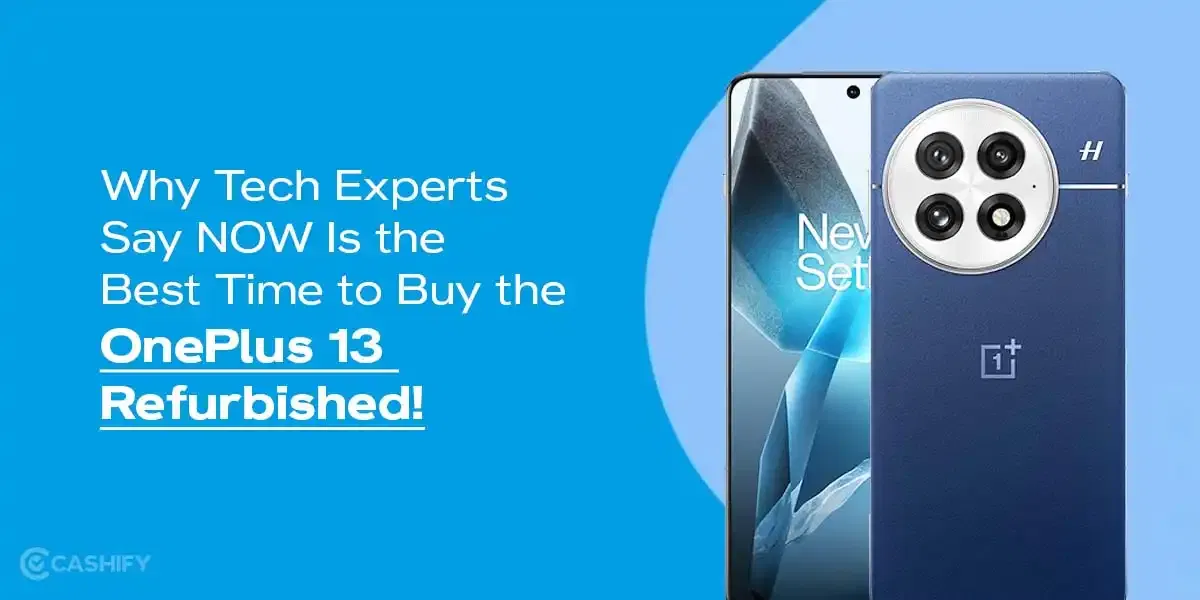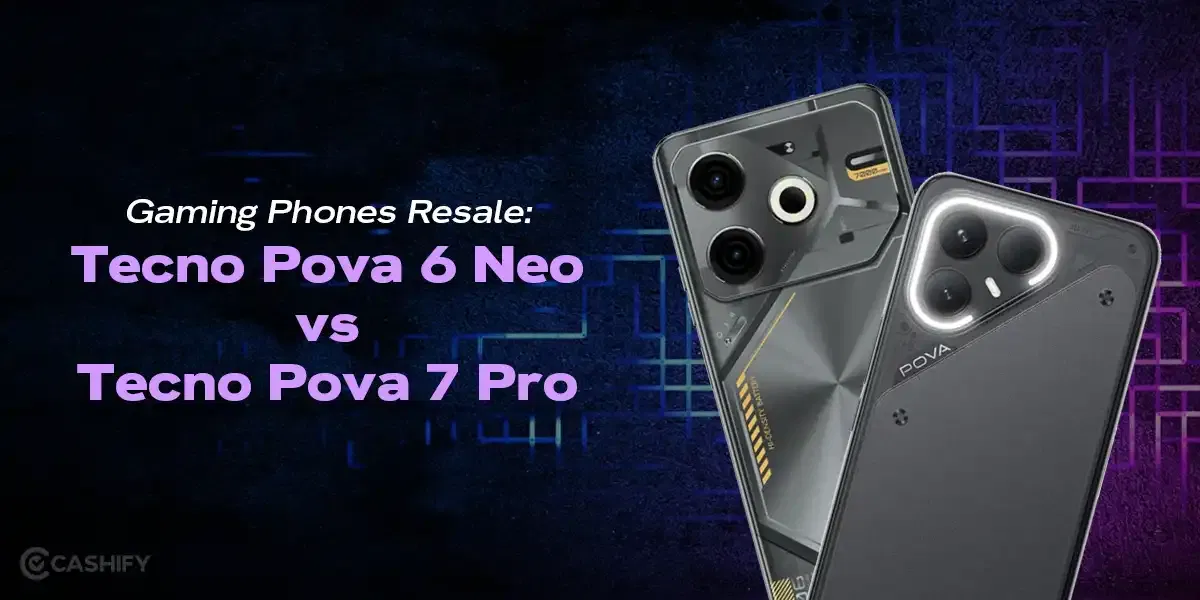
Score
Google Pixel 3
The flagship smartphone market has long been dominated by prominent players like Apple and Samsung. Now that Google has set its eyes on the ultra-premium smartphone segment with its Pixel series, it is now braced to compete with the likes of iPhone XS and Galaxy Note 9. Priced at Rs. 71,000 for the 64 GB variant and Rs. 80,000 for the 128 GB variant, Pixel 3 is set to deliver features that really matter to consumers. While its launch turned many heads and generated a lot of media attention, let’s see if it lives up to the hype.
About the Product Overview
Google isn’t worried about packing top-of-the-line specifications into its phone. Nor is it concerned with supporting their “legacy” hardware features anymore. This could definitely be a dealbreaker for some. Further, there’s no headphone jack or microSD card slot. To add to this, it only has 4GB of RAM, which does raise some serious concerns regarding its future-proofing.
If, on the other hand, you care about a clean, bloatware-free user experience and routine updates above everything else, the Pixel 3 should be a good bet for you. It’s also an amazing option if you’re looking to capture breathtaking photos from your smartphones. It’s a camera king, and not without reason!
The Pixel 3 provides one of the best photography experiences. Combining Google’s intelligent software features with great sensors, the Pixel 3 creates stunning, DSLR-like images with each shot. The newly introduced wide-angle front camera is impressive for taking group photos and the rear camera has seen various modifications and improvements over its predecessor.

